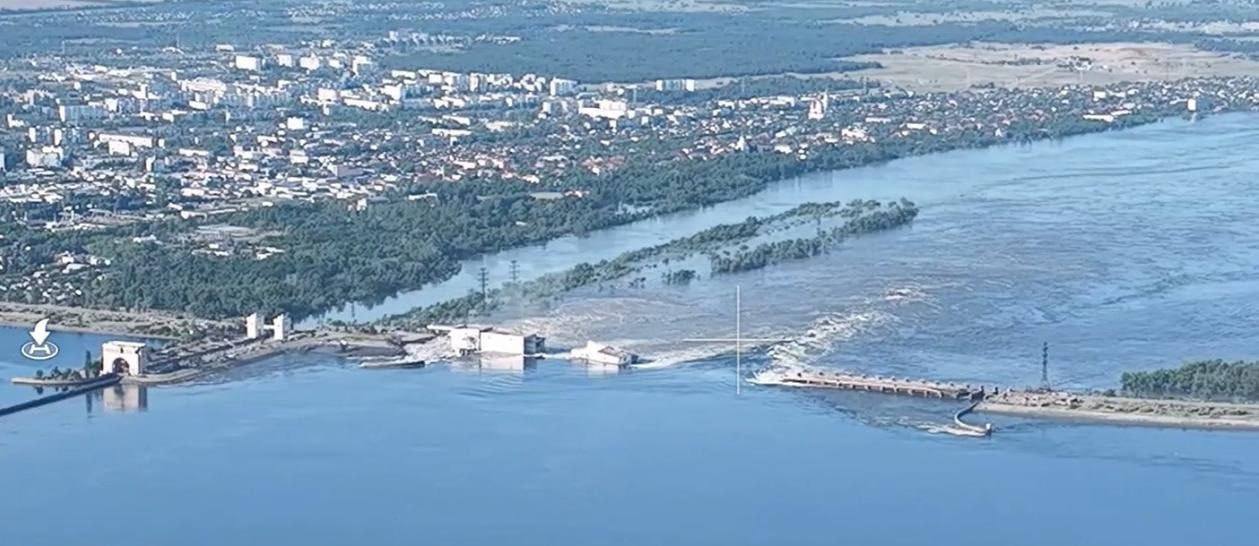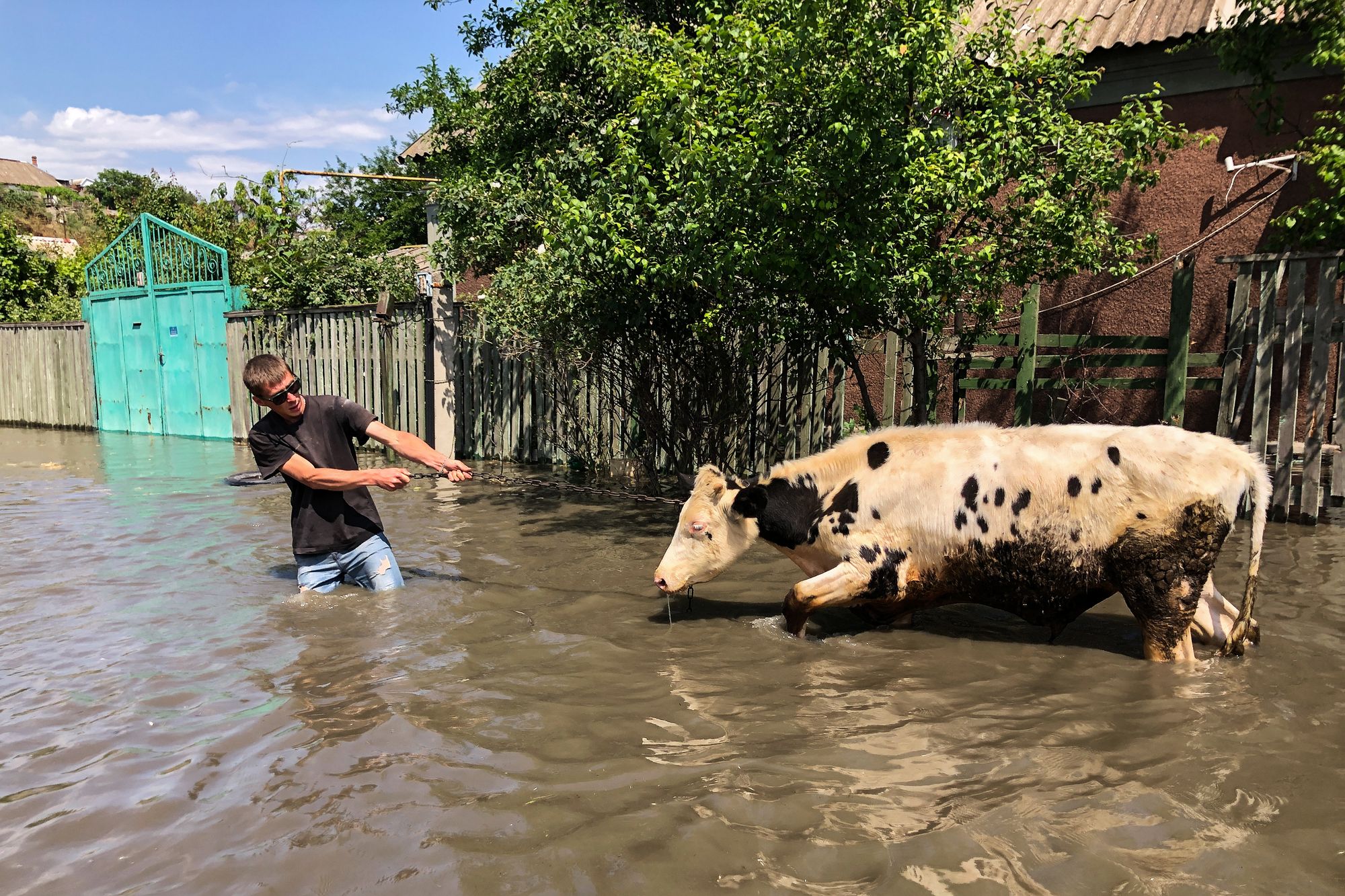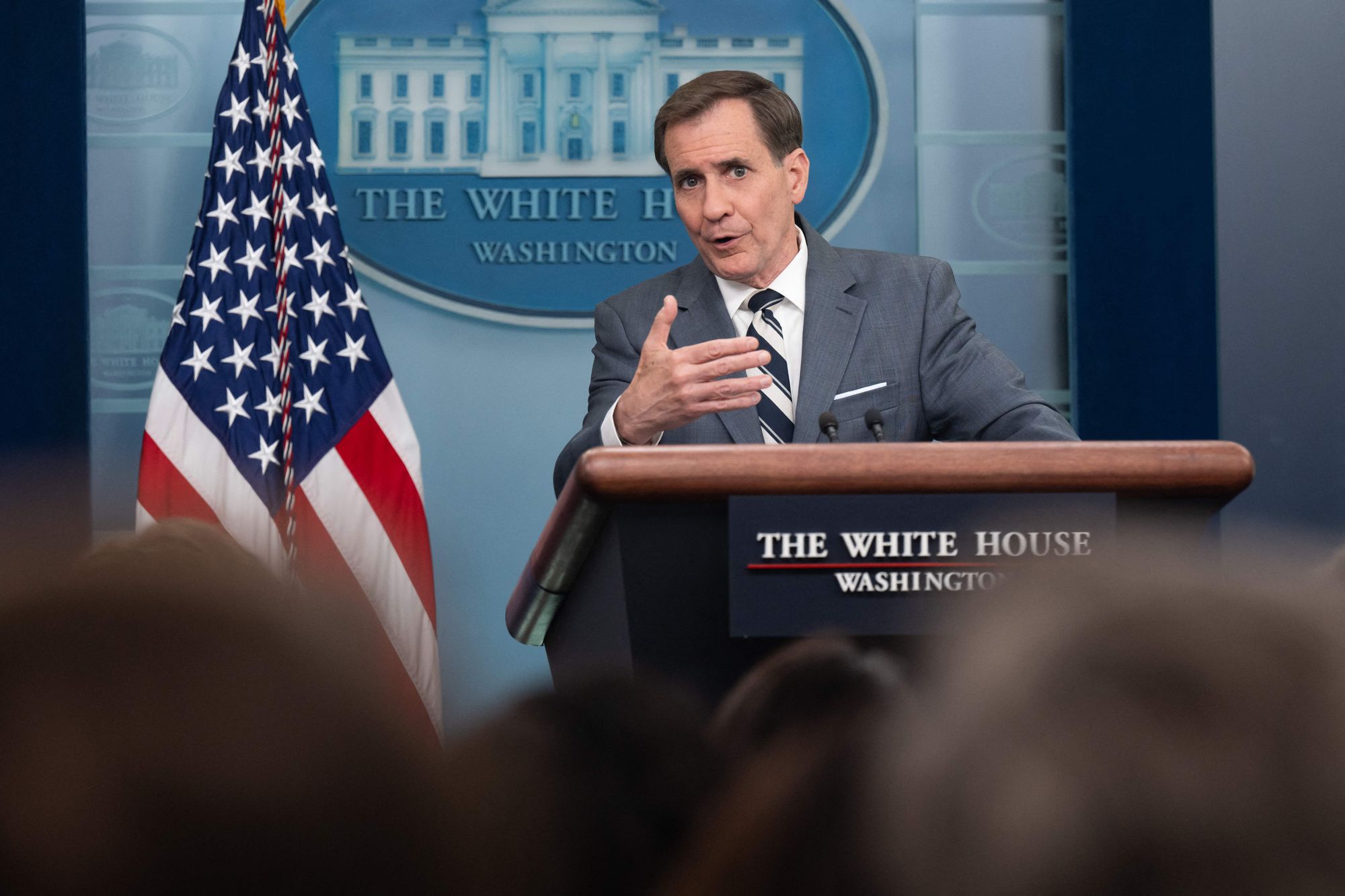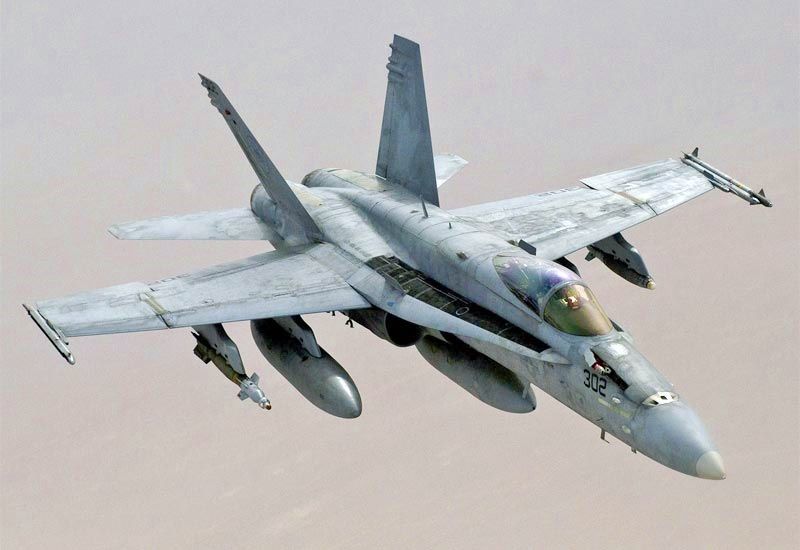Ukraine war latest: Russia destroys Kakhovka dam, sparks environmental disaster

Key developments on June 6:
- Russian forces destroy Kakhovka Hydroelectric Power Plant
- Large-scale flooding triggers evacuations from Kherson Oblast
- Kakhovka dam breach causes damage to environment, infrastructure
- World leaders denounce Kakhovka dam breach as war crime
- Zelensky: Ukraine to receive 'significant number' of F-16 fighter jets
The dam of the Kakhovka Hydroelectric Power Plant across the Dnipro River, occupied by Russia, was destroyed in the early morning hours of June 6, sparking a humanitarian and environmental disaster in southern regions of Ukraine.
According to Ukraine's Southern Operational Command, the dam was destroyed by Russian forces. Later on, National Security and Defense Council Secretary Oleksii Danilov said that it was blown up by Russia's 205th Motorized Rifle Brigade.
The Russia-installed proxy in Nova Kakhovka first denied that the dam was destroyed, only to claim later that it was targeted by Ukrainian shelling.
Danilov refuted Russia's claims, saying that the Kremlin prepared plans for the sabotage already in the fall of 2022.
According to Ukrainian officials, the dam was mined in October 2022 when Ukrainian forces were advancing in Kherson Oblast.
The breach released floodwaters toward villages and towns downstream of the dam, leading authorities to order evacuations.
At 9 a.m., Kherson Oblast Governor Oleksandr Prokudin announced that the villages of Tiahinka, Lvove, Odradokamianka, Ivanivka, Mykilske, Tokarivka, Poniativka, Bilozerka, and the Ostriv district in Kherson were "fully or partially flooded."
As of yet, no civilian or military deaths have been reported as a result of the event.
According to President Volodymyr Zelensky, between 35 and 70 settlements can be flooded.
Large-scale flooding triggers evacuations from Kherson Oblast
By the evening of June 6, at least 1,335 houses were flooded on the Ukraine-controlled west bank of the Dnipro River in Kherson Oblast, Governor Oleksandr Prokudin reported on June 6 at 7:30 p.m. local time.
"As of this hour, we know of 1,335 houses on the right bank that are underwater. On the left bank, (Russian-occupied) Pischchane, Stara Zburivka, Kozachi Laheri, Kardashynka, Krynky, Hola Prystan, and Oleshky are partially flooded. Korsunka and Dnipriany are completely flooded," Prokudin said.
Some 1,368 people have been evacuated from the region by 6 p.m. local time, according to the governor.
In the city of Kherson, two districts have been flooded and over 600 residents have been evacuated, Kherson City Military Administration Head Roman Mrochko announced in the afternoon of June 6.
Victims of the flood are being evacuated to other cities in Ukraine. The evacuation is ongoing.
There is also an increased danger to life in the oblast due to mines that may have been dislodged by the flooding.
Kakhovka dam breach causes damage to environment, infrastructure
The destruction of the Kakhovka dam represents not only direct damage to Ukraine's infrastructure but can have serious ecological and economic consequences.
As the most immediate effect, the Kakhovka Hydroelectric Power Plant was completely destroyed by the explosion.
The flooding from the breached dam also puts Kherson Thermal Power Plant at risk, Energy Ministry reported on June 6.
The Kakhovka Reservoir, covering an area of 2,155 square kilometers and with roughly the same volume of water as the Great Salt Lake in the U.S., is expected to disappear in the next two to four days as a result of the breach.
The reservoir was an important water source for southern Ukraine, as well as for the Zaporizhzhia Nuclear Power Plant, Europe's biggest nuclear plant.
According to the International Atomic Energy Agency (IAEA), which is monitoring the situation at the nuclear station, there is no immediate danger of a nuclear disaster.
The draining of the reservoir will, however, lead to much of the agricultural land in southern Ukraine losing its main source of water.
Some experts believe that vegetable growers in the affected region may lose 20,000 hectares of productive land, and the price of wheat has already risen by 3% following the disaster.
According to Zelensky, the dam destruction will also cause large issues with drinking water even for those areas that haven't been flooded, including in Dnipropetrovsk and Zaporizhzhia oblasts.
The environmental damage is further aggravated by the 150 tons of machine oil released into the Dnipro River.
The real extent of consequences will be better known once the flood level recedes roughly in a week, Zelensky added.
World leaders denounce Kakhovka dam breach as war crime
Many world leaders and international organizations have condemned the Kakhovka dam's destruction as Russia's war crime.
"The destruction of civilian infrastructure clearly qualifies as a war crime - and we will hold Russia and its proxies accountable," European Council President Charles Michel wrote.
NATO Secretary-General Jens Stoltenberg called it "an outrageous act which demonstrates once again the brutality of Russia's war in Ukraine."
According to the UN Office for the Coordination of Humanitarian Affairs, civilian infrastructure should not be a target during wartime.
The European Union has already pledged to support Ukraine through its Civil Protection Mechanism, EU Commission President Ursula von der Leyen announced on the evening of June 6.
In cooperation with its member states, the EU will supply dirt water pumps, fire hoses, mobile water purification stations, and boats.
Ukraine's Foreign Ministry has called for further actions, namely sanctions against Russia's missile and nuclear industries.
Kyiv also plans to bring the matter forward at a UN Security Council meeting and to the IAEA Governing Council.
Zelensky: Ukraine to receive 'significant number' of F-16 fighter jets
President Volodymyr Zelensky said during a press conference that Ukraine will receive a "significant number" of F-16 fighter jets, based on discussions with European partners, Suspilne reported on June 6.
"I am very glad to receive the information, I had a lucky day. Usually, we have to negotiate for one or two at a time, but now we received a significant offer," Zelensky said.
The president added that the deal still requires consent from the U.S., which manufactures F-16s, and no details or specifics are currently being disclosed.
The U.K. and the Netherlands agreed on May 17 to build the "jet fighter coalition" to provide Ukraine with F-16 aircraft and train Ukrainian pilots. By now, the initiative includes eight European countries and the U.S.
Zelensky hopes to make the coalition official under the name "Ukraine's Sky Shield" during the next Rammstein Summit of the Ukraine Defense Contact Group.
Independently, Australia may also supply Ukraine with its own fighter jets.
The Australian Financial Review reported on June 6 that Canberra is considering sending 41 of its F/A-18 Hornet fighter jets, which are currently intended for sale or scrapyard.


















